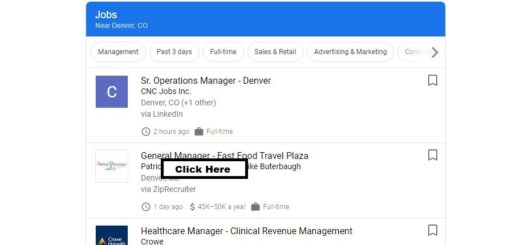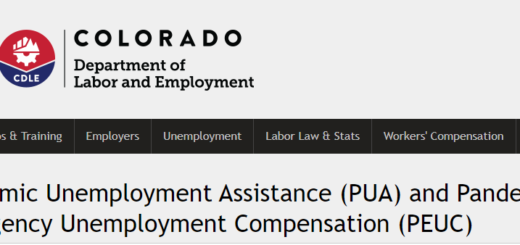My Business Trip to North Dakota, a Tale of Contrasts
Over a workweek, I was on a business trip to the Great State of North Dakota.
I arrived at the Denver shuttle parking lot and parked my car. The driver promptly arrived and handed a slip of paper with the incorrect parking space number. I couldn’t blame him for that too much. The number for my parking space was faded and unreadable. The number he gave me was pretty close but I noted the correct number on the slip. We shouldn’t have problems when we get back.
The driver whisked us off. The other parkers and I arrived at the circus-tent terminal within a few minutes. If you’ve seen or been to DIA, you’d know what I mean.
Getting through security was no more of an ordeal than usual. The pre-check line was almost as long as the regular line. The pompous TSA agents instructed us what to do. I wouldn’t classify their pomposity as a character flaw. They have hundreds and hundreds of people in the security line and have to keep the lines moving. I drew some attention from the agents when I forgot to remove my watch, but the matter was quickly resolved and I was on my way.
I boarded the airport train to Terminal B, rode the up escalator then stepped on people movers and walked to the faaaaaaaaaaaaaaaar end of the airport. Then I stepped on the down escalator. Down because my plane is too short to reach the jetway for the adult planes. Then I walked and walked until I finally reached gate 95 at the very far end of the concourse. It took almost an hour from the time I arrived at the airport until the time I arrived at the gate.
The gate personnel informed us the plane was too small for carry-ons. We would need to check our bags. No charge. The plane departed on time and reached Fargo, ND a few minutes early. When we arrived, the terminal was deserted except for an agent who informed us we can collect our bags at baggage claim.
I only waited a few minutes before my bag was spat out onto the baggage carousel. Right next to the baggage carousel was car rental. No need to hop on a shuttle and ride several miles to pick up my car. When I reported to pick up my car at National Car Rental, the agent handed my keys and paperwork and instructed me to pick up my car in the Enterprise Car Rental parking area at slot #13. No shuttle. Just a short walk through the bitter North Dakota cold.
My company reserved a room for me at the Grand Forks La Quinta Inn. The 75-mile trip was uneventful. My work assignment the next day went smoothly and was also uneventful.
The next day, I would drive to Bismark, more than four hours away. The directions on Google Maps seemed complicated. I was worried I might get lost so I decided to spend a few extra minutes and stay on the Interstate highways. Google maps on my phone instructed me to get off the highway before the exit I planned but I thought it was taking me over a shortcut. Then Google tried to send me in the opposite direction from where I needed to go. I got back on the highway and took the exit I had originally planned on. I reprogrammed my phone and arrived at my destination on-time because I allowed extra time to get there. Due to system problems which were not my fault, my endeavor in Bismark was unsuccessful.
At the end of the day, I drove all the way back to Grand Forks. The drive was uneventful, and unlike my morning trip, my drive home was during the day. I listened to reports on the radio covering soybean and wheat futures. That was about all I could get. On my way back where I could actually see, I learned there is no scenery in North Dakota.
My next trip was to Minot, more than three hours away. My morning drive would be mostly in the dark. Google on my phone got me going in the right direction. After I turned left on US 2, it told me to keep going another 202 miles. After a few miles, it told me to take the exit to the Air Force base. That can’t be right. I kept going then it told me to turn right at the next intersection, and every intersection after that. I was worried. I THINK I’m going in the right direction. I re-entered my destination into the phone and it started to send me where I thought I should go. But I was worried. I was halfway to Minot before I saw a sign telling me Minot was 100 miles ahead. I arrived in Minot before my appointed time. Minot is a small city with big city traffic.
The activity at Minot was unsuccessful. I headed back to Grand Forks, listening to the soybean and wheat future reports. There is no scenery between Minot and Grand Forks.
North Dakota does not have scenery, but it does have nice rest stops. there were several between Grand Forks and Bismark. The road between Grand Forks and Minot is not an Interstate but the highway has two rest stops. The rest stops are even clean. Colorado has rest stops, but many of them have been closed.
My last workday was in Fargo. I drove the 75 miles from Grand Forks and successfully completed the assignment. Then back to the airport. The rental car return was easy. Park in any open spot in the rental car lot, grab the miles and bring back the keys. I arrived at the wrong counter and handed over the keys. They asked me how everything was and I told time everything was terrific. Then I realized I was at the wrong counter. No problem they said, all the car rentals were run by the …










